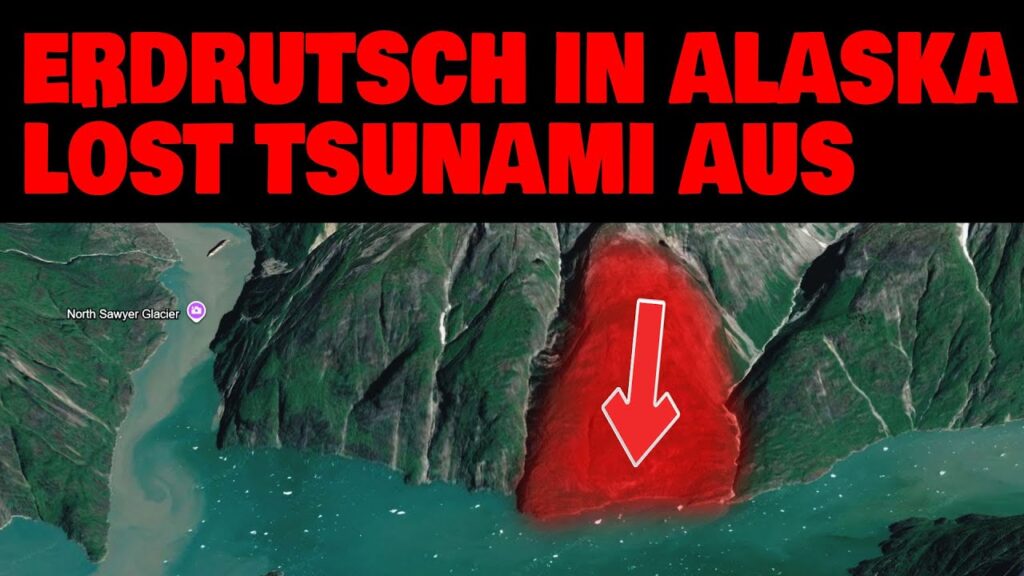
Introduction
On August 1, 2023, a significant landslide in Alaska generated a tsunami that impacted local coastal communities. This event has raised alarms regarding the geological stability of the region and has underscored the necessity for preparedness against natural disasters. Landslides and the resultant tidal waves pose substantial risks to safety, infrastructure, and environmental stability along Alaska’s vast coastlines.
Details of the Incident
The landslide occurred near the remote village of Ketchikan, triggered by a combination of heavy rainfall and unstable terrain. The resulting tsunami reached heights of up to 20 feet as it surged into the surrounding waters, leading to alarming moments for nearby residents. Local authorities issued immediate warnings, advising people living in low-lying areas to evacuate.
Emergency response teams were deployed swiftly to assess damage and support community needs. Fortunately, due to preemptive measures taken by local agencies, there were no casualties reported. However, some homes and structures sustained significant damage from the wave and subsequent flooding. Satellite imagery indicates extensive displacement of ice and debris in the affected area, highlighting the severity of the event.
Geological Context
Alaska is no stranger to landslides and tsunamis, given its mountainous terrain and active seismic activity. Experts have pointed out that this recent event, while alarming, is not an isolated occurrence. The Alaska Earthquake Center continuously monitors geological movements and regularly revises hazard assessments for coastal communities. They also emphasize the importance of public awareness regarding potential tsunamis and the need for clear evacuation routes.
Conclusion
The landslide that struck Alaska serves as a sobering reminder of the vulnerability of coastal regions to natural disasters. As climate change continues to influence weather patterns, the likelihood of extreme rainfall events may increase, thereby raising the risk of landslides. It is crucial for residents and local governments to remain vigilant and proactive in disaster preparedness measures.
In light of the recent tsunami, community leaders have begun discussions on improving early warning systems and enhancing structural safeguards for at-risk areas. As we look to the future, ongoing education about geological hazards will be key to ensuring the safety and resilience of Alaska’s coastal populations.



